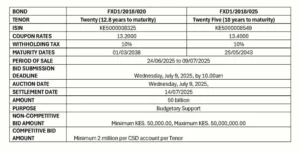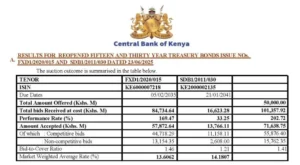In today’s dynamic financial landscape, the concept of smart borrowing has emerged as a critical tool for individuals and businesses alike. When managed with foresight and discipline, borrowing can unlock a plethora of opportunities, facilitating growth, investment, and long-term financial stability.
This strategic approach allows us to access essential resources that may not be immediately available, empowering us to pursue significant goals, capitalize on lucrative investments, and effectively manage unforeseen financial challenges.
Also read: Debt Habits That Keep You Stuck
The Power of Strategic Debt
The ability to leverage borrowed funds can be transformative. For individuals, a mortgage loan, a form of strategic borrowing, can pave the way to homeownership, a cornerstone of wealth building.
Similarly, student loans, when thoughtfully managed, can finance higher education, leading to increased earning potential and career advancement. For businesses, capital loans or lines of credit can fuel expansion, innovation, and market penetration, driving sustainable growth and competitive advantage.

The Pitfalls of Uncontrolled Debt
However, the power of borrowing comes with inherent risks. What begins as a beneficial financial tool can rapidly morph into a crippling burden if not managed prudently. Excessive debt, particularly when it exceeds our repayment capacity, can trigger a vicious cycle of debt accumulation.
This cycle is characterized by escalating interest costs, mounting late fees, and a relentless erosion of financial stability. The consequences can be severe, ranging from damaged credit scores and limited access to future credit to bankruptcy and financial ruin.

Key Principles of Smart Borrowing
To harness the benefits of borrowing while mitigating its risks, it’s essential to adhere to the core principles of responsible debt management. These principles include:
- Thorough Financial Planning: Before taking on any debt, conduct a comprehensive assessment of your financial situation. Evaluate your income, expenses, and existing obligations to determine your capacity for repayment.
- Understanding Loan Terms: Scrutinize the terms and conditions of any loan agreement, including interest rates, repayment schedules, and potential penalties. Compare offers from multiple lenders to secure the most favorable terms.
- Budgeting and Repayment Strategy: Develop a realistic budget that allocates sufficient funds for debt repayment. Adhere to your repayment schedule diligently to avoid late fees and penalties.
- Prioritizing Debt Reduction: Implement strategies to accelerate debt reduction, such as making extra payments or consolidating high-interest debts.
- Maintaining a Healthy Debt-to-Income Ratio: Keep your debt-to-income ratio at a manageable level to ensure financial stability.
- Emergency Funds: Build an emergency fund to cover unexpected expenses, reducing the need for additional borrowing.
- Credit Score Awareness: Regularly monitor your credit score. A good credit score can help in securing better interest rates.
Long-Term Financial Well-being
Ultimately, smart borrowing is about striking a balance between leveraging debt for growth and maintaining financial prudence. By embracing responsible debt management practices, individuals and businesses can unlock opportunities, achieve their financial goals, and secure long-term financial well-being.





